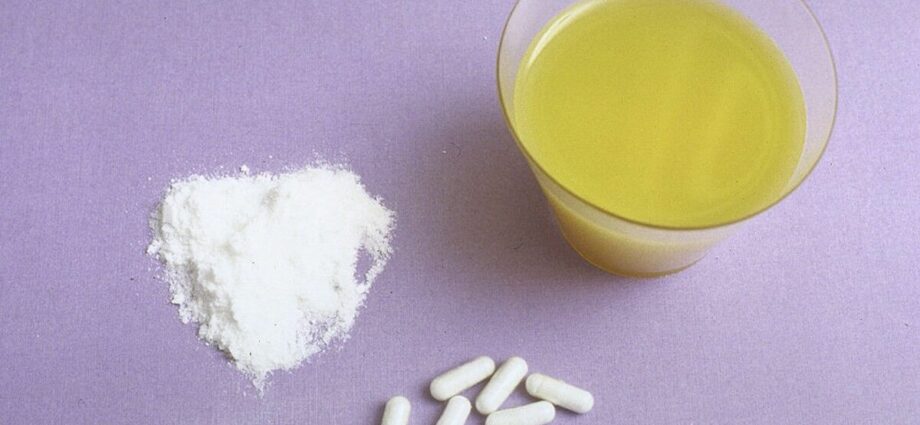All you need to know about MDMA (Ecstasy)
Belgian customs officials have seized up to two kilograms of MDMA, that were concealed in false chocolate Easter bunnies. MDMA, or Methylenedioxymethamphetamine, is the main ingredient that goes into making ecstasy pills. One kilogram of the chemical substance can produce around 6,000 pills.
The fake chocolate bunnies had been parcelled up and posted in Belgium to a buyer in Hong Kong.
The package, however, was intercepted by Customs officers after they became suspicious about the contents.
Taking a scanner that uses Raman spectroscopy, they soon discovered the chocolate bunnies were not what they seemed.
The scan revealed that the bunnies were in fact crafted from a solid lump of MDMA.
Pol Meuleneire, a 62-year-old veteran officer, told AFP: “It’s pure MDMA. So here we have, bumpety-bump, one or two kilograms of this.
“With one kilogram you make six thousand ecstasy pills.”

Belgium has fast become a centre for mail-order synthetic drugs, made in Europe and sent worldwide.
Most of these drugs are produced in rogue laboratories and secret Pharma plants in Belgium and its close neighbour Holland.
Ketamine, MDMA and methamphetamine are disguised in everyday objects or packaged in jars marked as legal vitamin supplements.
They are then mailed from ordinary post offices in Belgium, as well as France and Germany.
Florence Angelici, spokeswoman for the SPF federal finance service, said: “Here, we’re talking mainly about using the Belgian postal service, which might attract less attention from customs officers in the arrival countries than the Dutch one.
“The smugglers use mules to transport the parcels and to post them from all over Belgium, and other European countries, and send them all around the world.”


The Belgian port of Antwerp is also a major gateway for the import of Latin American cocaine into Europe.
The South American drug gangs export their products to Belgium and in return import synthetic drugs like crystal meth from European labs.
Last year, a record 110 tons of cocaine were intercepted there, accounting for 40 percent of all seizures in Europe.
Yet that figure appears to be just a drop in the ocean, with local custom authorities estimating it represents only 10 to 15 percent of the total cocaine smuggled into the port.
Four-fifths of the drug consignments that arrive in Antwerp are subsequently transported across the border into the Netherlands.
Here the illicit product is cut, packaged and distributed across the Continent.
Antwerp’s city’s Mayor Bart De Wever told Politico: “Antwerp is the first port of call for European trade with America.
Don’t miss…
French bulldog named Bob unwittingly foils ecstasy smuggling plot [LATEST]
Girl, 17, dies after taking MDMA at sleepover with friends [LATEST]
Leeds Festival tragedy: Teenage boy, 16, dies after taking ecstasy [LATEST]

“We are proud of this strong trade relationship, which creates close ties between our city and Latin America.
“In recent years, however, cocaine traffic has increased exponentially.
“The consequences of this are very tangible, especially for port cities
The trade is of course highly profitable, raking in billons of Euros for drug gangs.
UN figures show that organised crime networks are turning over around €130 billion a year from the cocaine trade.
The European Union and Belgium announced in February that they will step up their fight against organised drug crime.
Source: Read Full Article
-
Macron says France will end military presence in Niger after coup
-
Australia news LIVE: Sharma returns to parliament after Liberals preselection; Final day of scheduled Israel-Hamas ceasefire
-
Inside life of TV host ‘engulfed in flames’ with wife in horror plane crash
-
‘I tripped over parcel left outside my door –my ‘elephant foot’ will ruin Xmas’
-
King Charles announces UK bank holiday on day of Queen’s funeral

